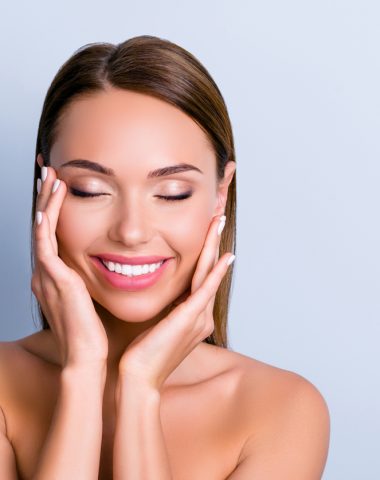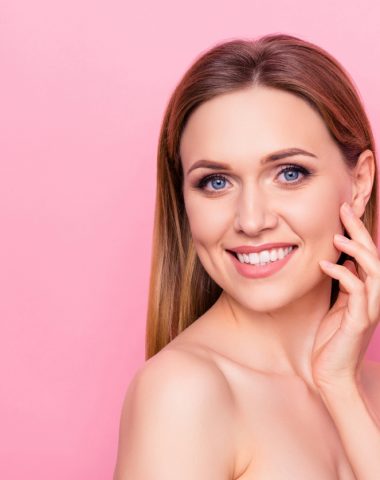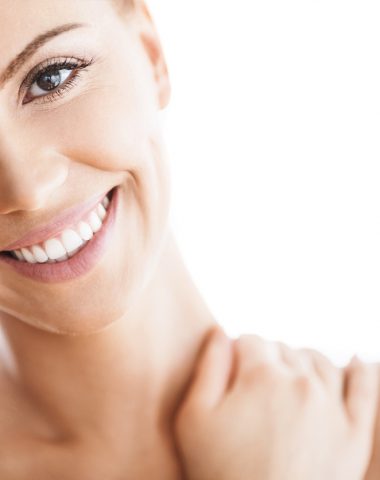Make Frown Lines Disappear
Frown lines are the result of gathering or knitting the tissue between the eyebrows into a fold. They are caused by the repeated action of underlying muscles associated with facial expression.
Years of squinting and frowning tend to leave deep wrinkles in the skin between the eyebrows and on the bridge of the nose, across the forehead and at the corners of the eyes.
BOTOX® can be used to treat frown lines and prevent the muscles from contracting and deepening the lines. In order to treat already existing wrinkles, fillers can be used in combination with BOTOX®
Frown Lines
Frown Lines form over time. Repeated movement of the facial skin by the muscles creates frown lines between the eyebrows.
Frown Lines are not only age related. Frown lines are dynamic they happen because of the way a person’s face moves. Because frown lines are created by facial movements such as frowning or squinting, they may develop even in younger adults.
The muscles above and between the eyebrows contract and tighten, and can cause wrinkles. Forehead or frown lines can present a frequent problem for both men and women as the year’s rolls by. As we age, our skin starts to lose tightness and cannot return to the same place it was in our younger days.
What Causes Frown Lines
Frown lines are primarily caused by aging. As you age, your skin loses elasticity and doesn’t easily return to its original shape.
Other things that contribute to having frown lines are:
- Genetics. Your DNA determines whether you have the type of skin that is resilient and can delay lines or the type of skin that is more prone to lines and wrinkles.
- Sunlight. The UV rays in sunlight break down the elastin and collagen in your skin, making you more susceptible to the formation of lines.
- Repeated expressions. If there is a facial expression that you often make (like frowning, smiling, squinting or furrowing your eyebrows), you may be more likely to get frown lines.
- Stress. This can cause facial tension, which can lead to repeated facial expression, which can lead to frown lines.
- Smoking. The repeated motion of smoking a cigarette or cigar can cause frown lines around the mouth. The tobacco smoke inhaled causes wrinkles and lines due to a narrowing of the blood vessels, which then deliver less oxygenated blood to those tissues.
How We Can Help Smooth Out Forehead Lines
We offer several effective ways to reduce frown lines:
Neuromodulators
By injecting neuromodulators (botulinum toxin type A) beneath the surface of your skin, we can reduce the muscle contractions in your face, ultimately smoothing those creases and softening those lines, helping to bring back your youthful skin.
Dermal Fillers
We use both natural and synthetic fillers at Rao Dermatology that produce superior results in combination with our doctors’ skill, technique, experience, and training.
Offering Juvederm®, Restylane®, Revanesse, and RADIESSE® dermal fillers, our doctors will assess your skin and recommend the filler best suited to your skin and risk tolerance.
Platelet Rich Plasma (PRP)
PRP is an injectable therapy that uses your own blood platelets to rejuvenate your skin. By drawing your blood and spinning it down, we then inject the platelets into your skin to improve texture, links, and wrinkles.
By placing it deeper into areas like your frown lines, PRP can stimulate other cells to create fuller, healthier-looking skin. Because PRP uses your own cells and tissues, the side effects are significantly lower than neuromodulators or dermal fillers.
Changes to the skin with PRP are gradual and continue for three to six months, and it lasts for about two years.
If you want to book a free consultation to learn more about how we can help smooth out your forehead and frown lines then please fill in the form below.

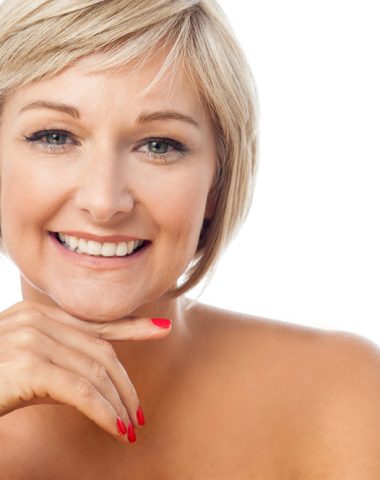
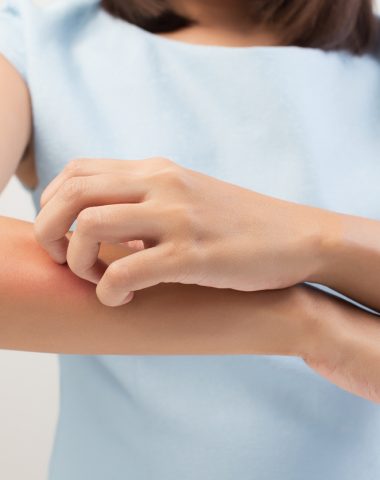
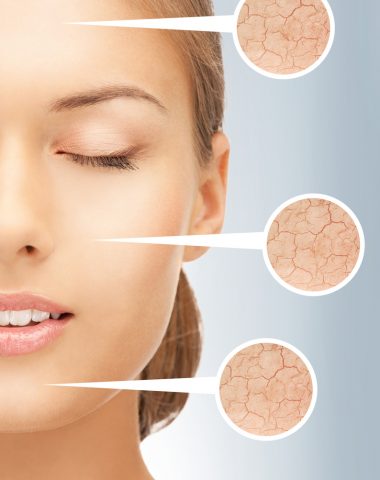
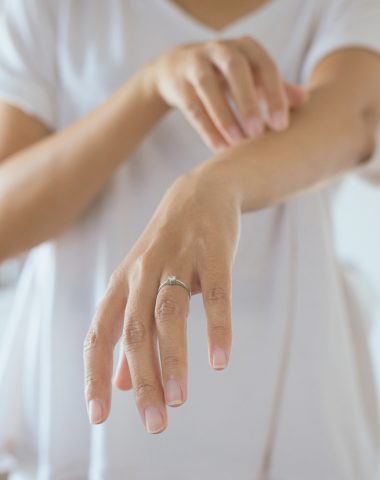
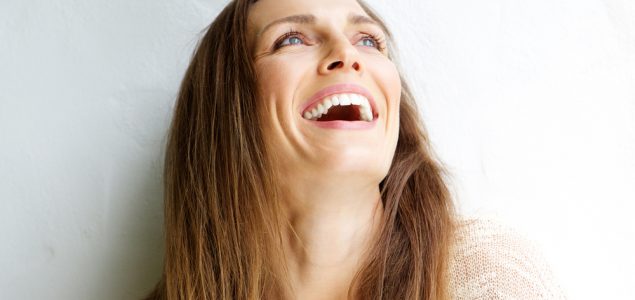 You don’t need to be “old” to have age spots. While these dark spots do tend to sprout up as you get older, if you spent lots of time in the sun, they can reveal themselves much earlier. Age spots can make you feel self-conscious, but thankfully, there’s much you can do to get rid of them.
You don’t need to be “old” to have age spots. While these dark spots do tend to sprout up as you get older, if you spent lots of time in the sun, they can reveal themselves much earlier. Age spots can make you feel self-conscious, but thankfully, there’s much you can do to get rid of them.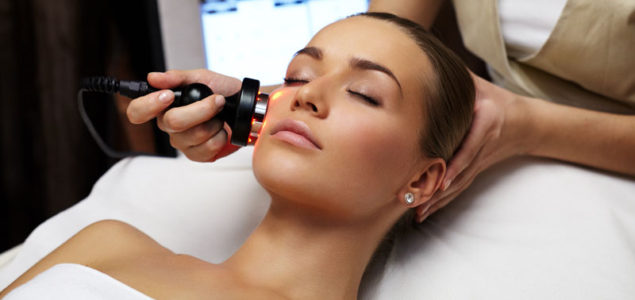 The light penetrates the tissue and is absorbed by either the blood when treating vascular lesions or the melanin when treating pigmented lesions damaging them. The body’s natural processes then remove the injured tissue giving the skin a more even and youthful appearance.
The light penetrates the tissue and is absorbed by either the blood when treating vascular lesions or the melanin when treating pigmented lesions damaging them. The body’s natural processes then remove the injured tissue giving the skin a more even and youthful appearance.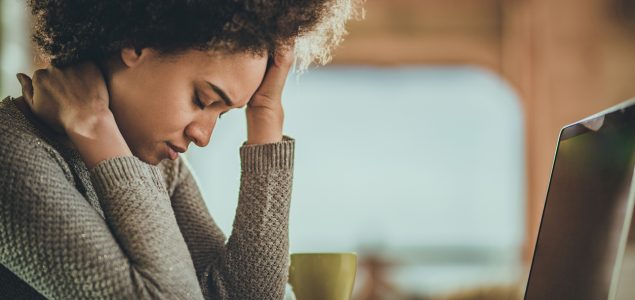
 Many people associate large pores with the teenage acne years, for many, however, enlarged pores along with excess oil continues long into adulthood.
Many people associate large pores with the teenage acne years, for many, however, enlarged pores along with excess oil continues long into adulthood.